 If you ride in the city, you know how crazy traffic can be. I’m not as worried about the roads, curves, my tires or my own error as I am about other drivers. Angry drivers, oblivious drivers, drivers composing epic text messages while steering with their knees.
If you ride in the city, you know how crazy traffic can be. I’m not as worried about the roads, curves, my tires or my own error as I am about other drivers. Angry drivers, oblivious drivers, drivers composing epic text messages while steering with their knees.
I know it sounds dismal, but once you’ve embraced the reality that every car on the road could possibly hit you, you can begin to plan appropriately. The good news: 99.9% of them won’t. But while planning for the worst, you get lots of practice in obstacle avoidance, you develop better reaction time, and gain the ability to plan an escape route in a heartbeat.
There is a particularly challenging street I take daily.E. Roy St. is wicked steep – officially, an 18% grade and on SDOT’s 20 Steepest Streets in Seattle list. It’s a handy route to test your brakes, your horsepower, or (gulp) your mastery of the clutch on your Stella or P-series.
In addition to being narrow and twisty with pitchy hills, E. Roy has curb parking along the North side, and dozens of single carports lining the street. Most cars back out of these cement stalls, and they clearly just cross their fingers and gun it – the visibility is limited at best. Half a dozen side streets also branch off E. Roy, many of them at an angle.
Add to this cornucopia of obstacles fleet-footed pedestrians who rarely use crosswalks. Did I mention the traffic on this obstacle course is also heavy? Heavy with people just leaving their apartments, which means they are driving and… putting on their seatbelts, adjusting the radio, dialing their cell phone to deliver a status report, or applying their lipstick in the rearview mirror.
E. Roy is by far the diciest part of my 1.5 mile commute (the u-turn on Eastlake notwithstanding since I’ve rerouted to avoid it – but more on that another time). I average about two near-misses a day. They don’t feel like near-misses to me because I’m expecting them, but I can see how a scooterist who’s not paying attention could easily get taken out. I see the spaces where I could have been hit. One consolation prize is that if you’re hit on E. Roy, it will probably be a very low-speed crash. Not exactly life insurance, right? So it’s best to focus and plan ahead.
Now I know E. Roy St. is a gauntlet, so I go slowly and carefully every time. It’s no different on the way down the hill, except that it’s easier to outpace your brakes on the steep incline. Cars pull out of parking spaces and back out of garages constantly, hidden between parked cars, so I look for tail lights and plumes of exhaust to warn me.
Recently I was riding up E. Roy in the rain. It was strangely windy and garbage cans were rolling all over the street. Pedestrians and drivers alike were peering cautiously at the sky either to survey the gloom and doom or watch for windswept debris. Or perhaps even earthbound frogs. People were distracted.
The car in front of me approached a side street halfway up the hill and put on her turn signal. I backed off the throttle to put more room between us, anticipating she’d slow down to make the turn.
I eyeballed the side street, and saw a station wagon waiting to turn left out onto Roy. The driver was looking; I watched her head flip back and forth as she surveyed up the hill and then down. She saw the car turning in front of me as a perfect opportunity to make a dash for her left onto Roy, across my path.
Because she was checking for another large four-wheeled vehicle behind the turning car, she didn’t know I was there. The grade of the hill and the garbage can on the corner made it nearly impossible for her to see me, regardless of how much room I left between myself and the vehicle in front of me, regardless of what lane position I was in.
I could have honked, but there was no guarantee she’d hear it, or if she did, that it would register “stop”. So I checked my rear view and since there was no one behind me, I stopped in my lane just shy of the corner where the car in front of me was turning. As I suspected, she pulled out right in front of me – a few feet at best, and I saw the look of horror on her face as she realized I was there. My feet planted firmly on the pavement, I allowed her to finish her anxiety-ridden turn and then I continued up the hill.
This is an example of the near-misses I’m talking about. Realizing I am virtually invisible and assuming everyone could hit me makes me a safer rider.
Watching the aforementioned traffic exchange, a part of my brain flickered and stretched itself. A lobe I hadn’t accessed in awhile. And I realized – riding in the city is totally Live Action Tetris.
When the bottom of the dot com industry was falling out in 2002, I had a temp job at a company that had laid off 90% of its workforce. I worked the reception desk, answering a whopping ten phone calls a day and buzzing visitors in through the foreboding frosted glass doors. I had little to do for eight hours a day, but my computer at the reception desk had games on it.
When I tired of solitaire, I discovered Tetris. I had that job for the whole summer, and let me tell you – I got really good at Tetris. The faster the pieces fell, the more in the zone I sank, until I reached a Zen state of my eyes communicating directly with my hands, bypassing my brain. Patterns emerged. There are only so many possible combinations of shapes, and so many possible orders in which they can fall.
Somebody has done the math, I’m sure, and it may be thousands of combinations, but when you play Tetris six hours a day, those patterns start appearing like old friends. I’d recognize the left L followed by the cube followed by the right L, and know exactly what to do with them. It was hand-eye coordination, spatial relations and meditation all rolled in one.
At night I dreamed about Tetris, a cascade of falling colored blocks, my fingers twitching in my sleep. I read an article in Science about studies done on Tetris players. Those who dream about Tetris, whether by choice or compulsion, improve their scores the next day. Your brain is practicing while you sleep, running through the possible combinations of shapes, memorizing patterns, discarding the ones that don’t work. How cool is that?
Upon realizing the relationship between traffic and Tetris, the whole cityscape changed for me. I could see a vehicle three cars up in the left lane stop, and know there were only so many possible combinations of chain reactions. The car directly behind it would stop, and the SUV behind that one would get impatient and swerve around into the right lane, with or without checking for a girl on a Vespa.
I would slow down and leave room for that swerve, and it would happen, and I’d see the shocked eyes of the driver in the rearview as my headlights blinded them and they realized I was there.
On a two-lane road, I see a traffic sign indicating that the inside lane is about to become left-turn only, and I know that half the people on the road won’t see that sign and will do an abrupt lane change at the last second. Just like preparing the two right L’s for the inevitable cube, I change lanes and widen the gap to accommodate the pattern.
As traffic speeds up and thickens, rush hour in downtown, I progress to higher levels where the patterns emerge swiftly and with no room for error. I submerge into a Zen state, bypassing my thoughts, seeing diagrams superimposed on the pavement before me and following the arrows to complete the pattern.
After a challenging stretch of road and flawlessly-executed obstacle avoidance, I’m smiling. I complete the screen and move up to the next level. (Granted, the stakes are higher in Live Action Tetris.) I had no idea killing time in front of a computer at a temp job in Somerville would save my life on the road in Seattle. But you never know where you’re going to get your education.
I’m sure Nintendo would love to get their hands on this trademark: Video games saved my life.
 Scooter Lust two wheels, one love
Scooter Lust two wheels, one love
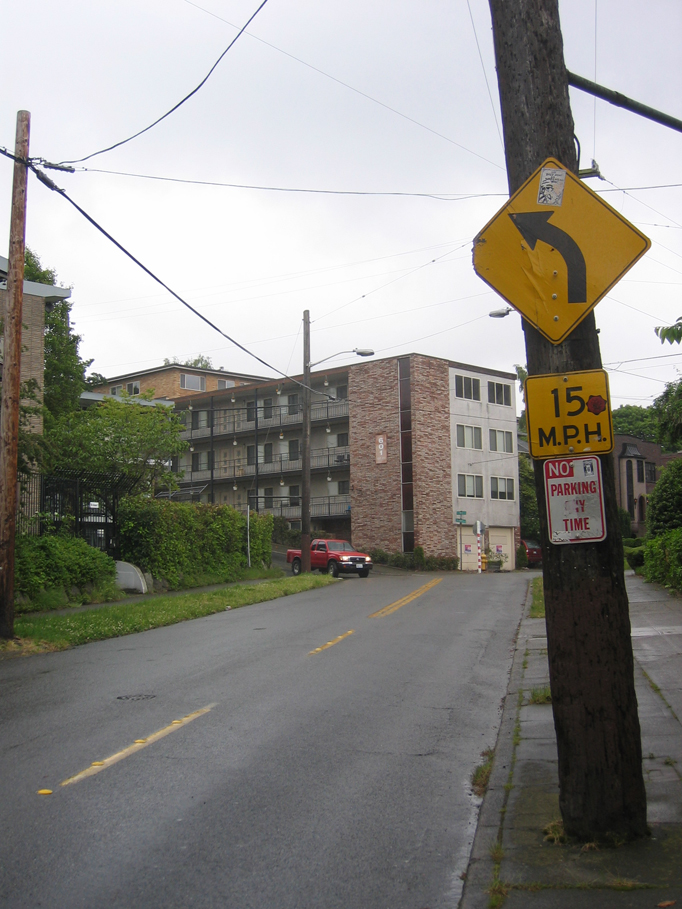
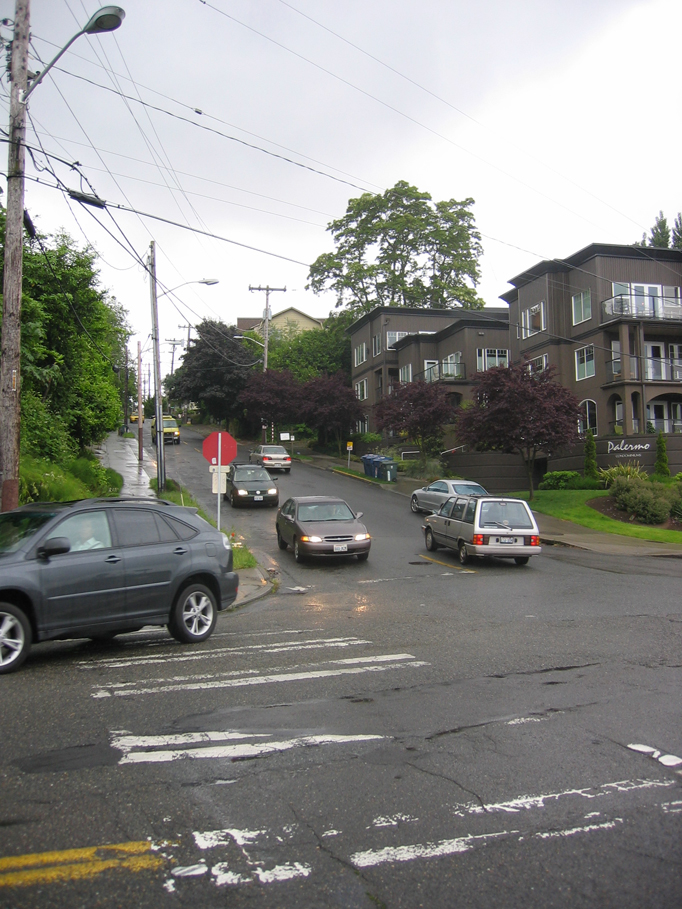
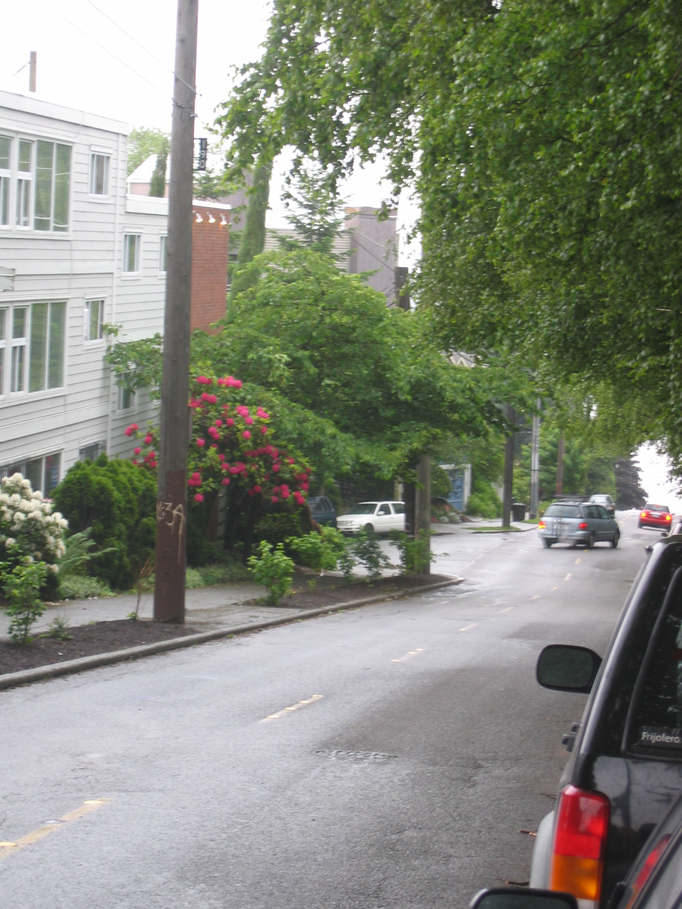
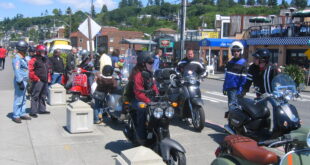
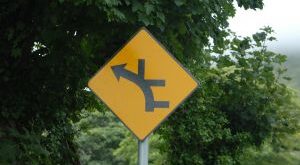
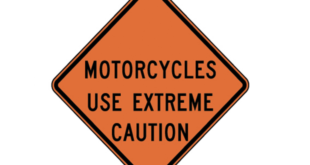
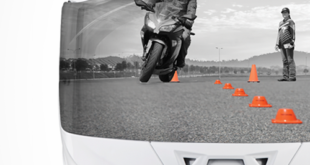
I’m sure Nintendo would love to get their hands on this trademark: Video games saved my life
I thought they already had… you’ve heard of Wii Fit, right?
Scootin’ Old Skool welcomes Scooterlust to the world of blog. May the pavement always be at your feet…